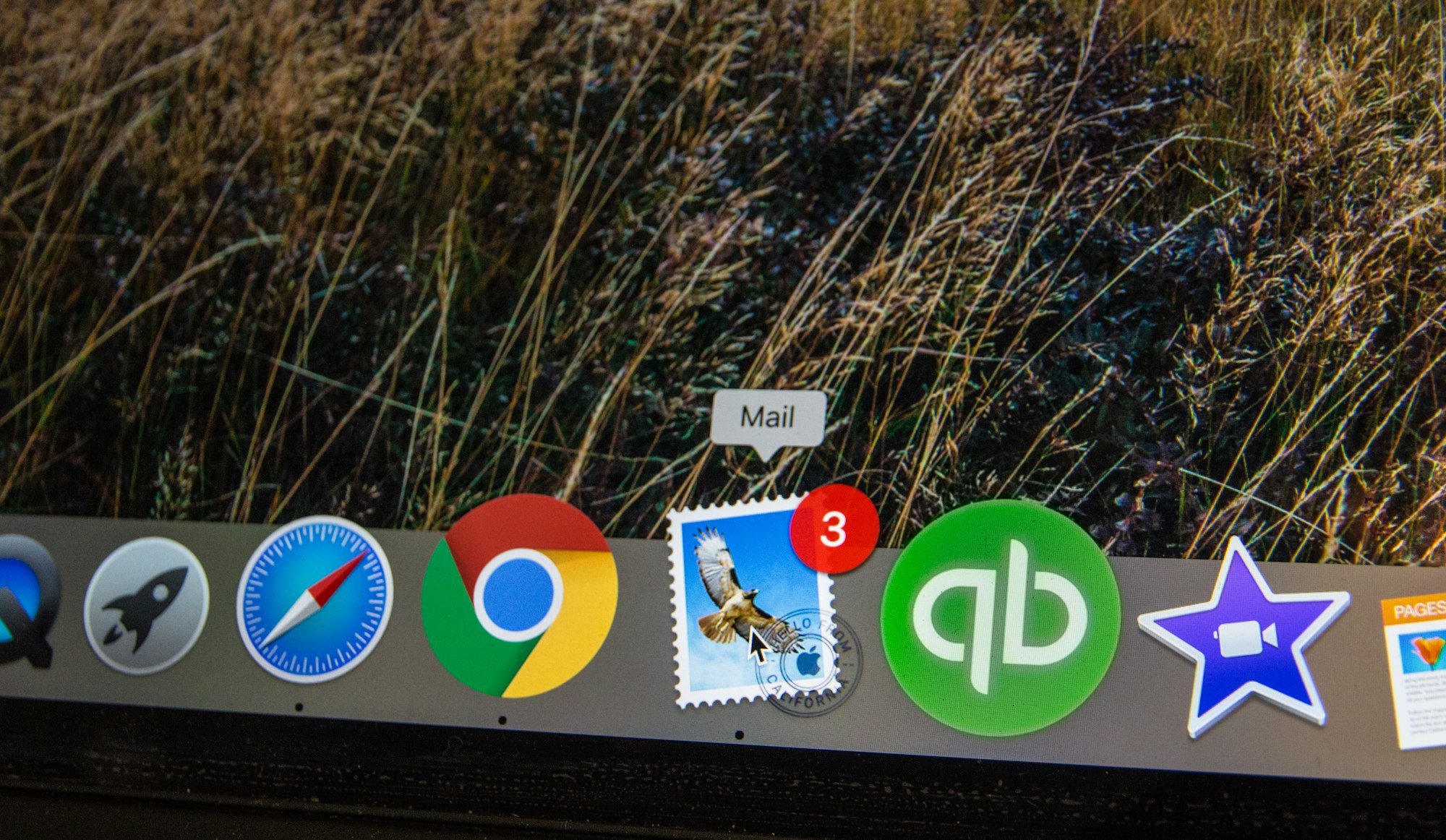When it comes to the customer journey, the desired progression is pretty straightforward: you want people to go from being browsers to purchasers to repeat customers and then, finally, to loyal customers. But there’s one critical step that’s frequently overlooked: what happens when your customer ends up with a product they don’t like?
This is a step that can happen at any point in the customer journey, and, if not approached thoughtfully, can take people off the path to becoming loyal. To prevent this from happening to your brand, let’s explore a few powerful strategies you can use to move customers in the right direction.
Take your customers from frustration to repeat purchase
60% of returns on stores powered by Shopify are because it’s the wrong size or style. This means that, at some point in the customer journey, more than half of your buyers will eventually end up with the wrong product. At that point, your customers are at a crossroads: do they choose to maintain or end the relationship with your brand?
A buyer who wants to continue the relationship will look for an exchange… if it’s easy. Someone who becomes fed up or frustrated will look for a refund so they can shop elsewhere, which may end their relationship with you forever.
The goal is clear: we want to move customers away from refunds and towards exchanges. This way both your customers and the revenue from their orders are retained. That sounds like an easy enough strategy, but how exactly do you nudge customers in the direction that you want? Here are a few tips:
1. Simplify your exchange process
The big-picture answer is to make your exchange process as simple and seamless as possible.
Too many steps will make customers demand their money back out of frustration with the process, not the product.
Imagine that you’re a customer who ended up with a product that’s too small, and you want to exchange it for a bigger size. But to do so, you have to reach out to a customer service representative, exchange multiple emails with them, wait to receive a return label, ship the product, wait for a refund on the original purchase so that you have the funds to get the one you really wanted.
You can’t blame customers for taking their money back instead of going through this tedious and frustrating process. The solution is to simplify!
On-demand return experience
A customer is never more vulnerable than when they realize they have the wrong product in front of them and need to initiate a return. That vulnerability turns to frustration quickly when they realize they are blocked until a support rep responds to their email.
So much else in life is nearly instantaneous - why can't returns be the same?
What if your customer is trying to return on a Friday night and they don't get a response till Monday morning? Chances are they will be frustrated and looking for a refund. Solutions like Loop make this easy by allowing you to create an on-demand returns portal that your customers can access when they need it, not just when someone’s available.
Automated exchanges
Exchanges are tough to handle manually which is why many brands end up not offering them at all. Instead they instruct customers to submit a return of the first order for a refund and then make a new purchase for the product they actually want. The problem there is that it increases the number of steps required and likely means that your customer has two charges on their card while they wait for the first order to be refunded.
Using a tool to automate your exchanges makes things much easier for your internal team and, more importantly, it creates a faster and smoother experience for your customer. If the end goal is a repeat customer then creating a smooth process should be the priority.

2. Cover the cost of shipping
Don’t charge for return shipping on exchanges. Period. Free shipping on exchanges shows your customers that you appreciate their continued loyalty to your brand - not to mention that 62% of shoppers would shop again from a brand that offers free returns or exchanges.
While many brands seem to be split on whether to charge return shipping or not, it's our recommendation that you actually add and remove the charge based on the return outcome the customer is looking for.
You hate paying for returns - so do your customers.
Make any outcome where the customer is signalling they wish to continue the relationship free, and ask the customer to pay a small shipping fee if they wish to get a refund. This small fee on a refund gets customers to instead think about exchanging to avoid the additional charge.
Brands have reduced their refund rate by 25% using this strategy.
3. Offer a generous exchange window
You can apply a similar concept to return windows. Offer a longer return window for exchanges and a shorter window for refunds. For example, provide a 45-day window for exchanges and a 30-day window for refunds. This tiered return window rewards customers who want to maintain the relationship and disincentivizes customers who are considering walking away from your brand.
You may assume 30 days is the best return window known to man… it's not.
A generous return window can also help your customer acquisition efforts and is a great way to turn your return policy into a strong marketing tool for your brand.

Keeping customers moving along your buyer journey requires a good return process
Customers end up with the wrong product every now and again, how you get them the right product plays a crucial part in customer retention and loyalty.
Building the right process requires you to think deeply about:
- How easy and timely returning is for the customer
- Whether you should be getting the customer to pay the return shipping
- How long of a window you give your customers to return
In summary, it is really about creating a customer-focused policy rather than one that is built to reduce costs. Every purchase presents an opportunity where your customer could become frustrated by a return, if you don't handle it appropriately, it's likely the last time they will be back.









